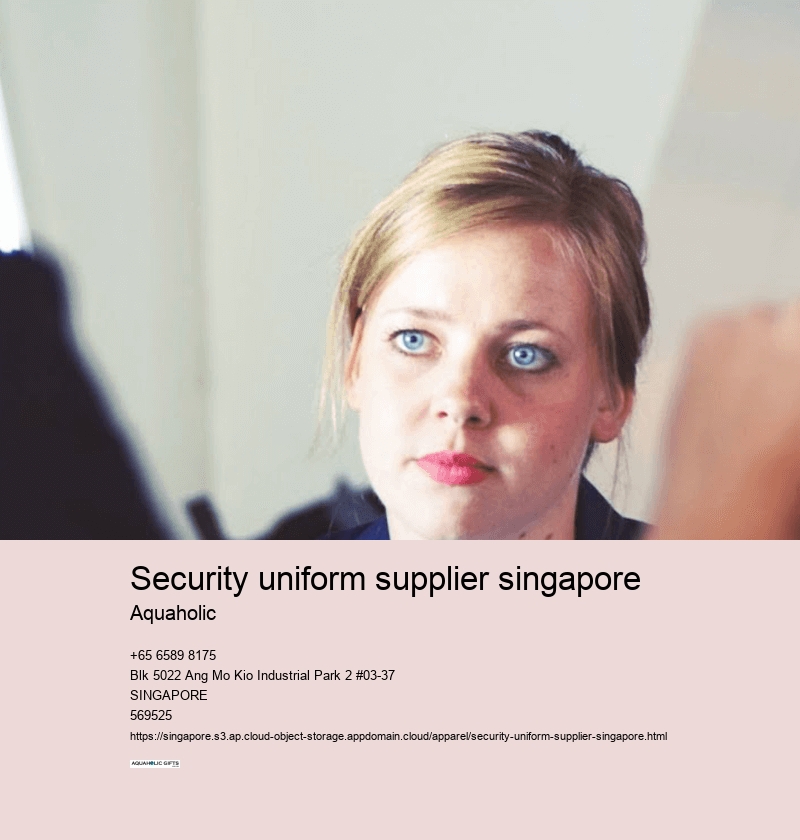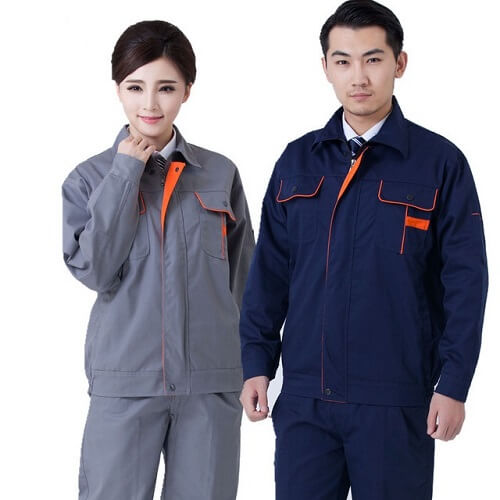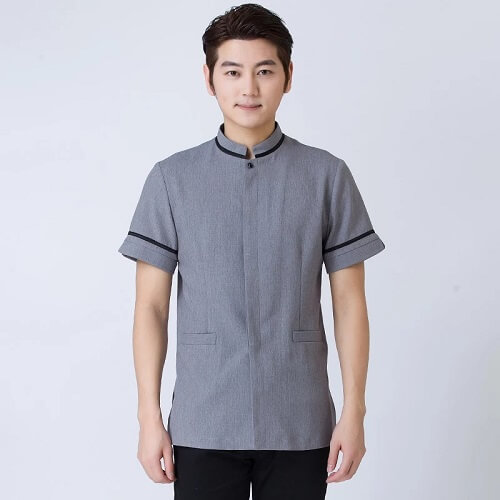security uniform supplier singapore
company uniform supplier
A good fabric will provide the comfort of your guests, improves confidence and boosts productivity in the workplace. But wait, what exactly sails the ship of uniform customization? Cotton appears to be the character in the fabric world.
The zipper, pockets and buttons are all a part to the utility of an outfit. Before beginning this journey, the design vessel must be strong and stable.
The uniform designs must be inclusive and cater to individuals of all sizes. Let's break out the sails and explore the complex archipelago of uniform logo integration.
Before finalizing the uniform design, a testing phase is crucial. What clothes will not only be professional, but also convey the flexibility and comfort required in various climates and settings in your workplace?




